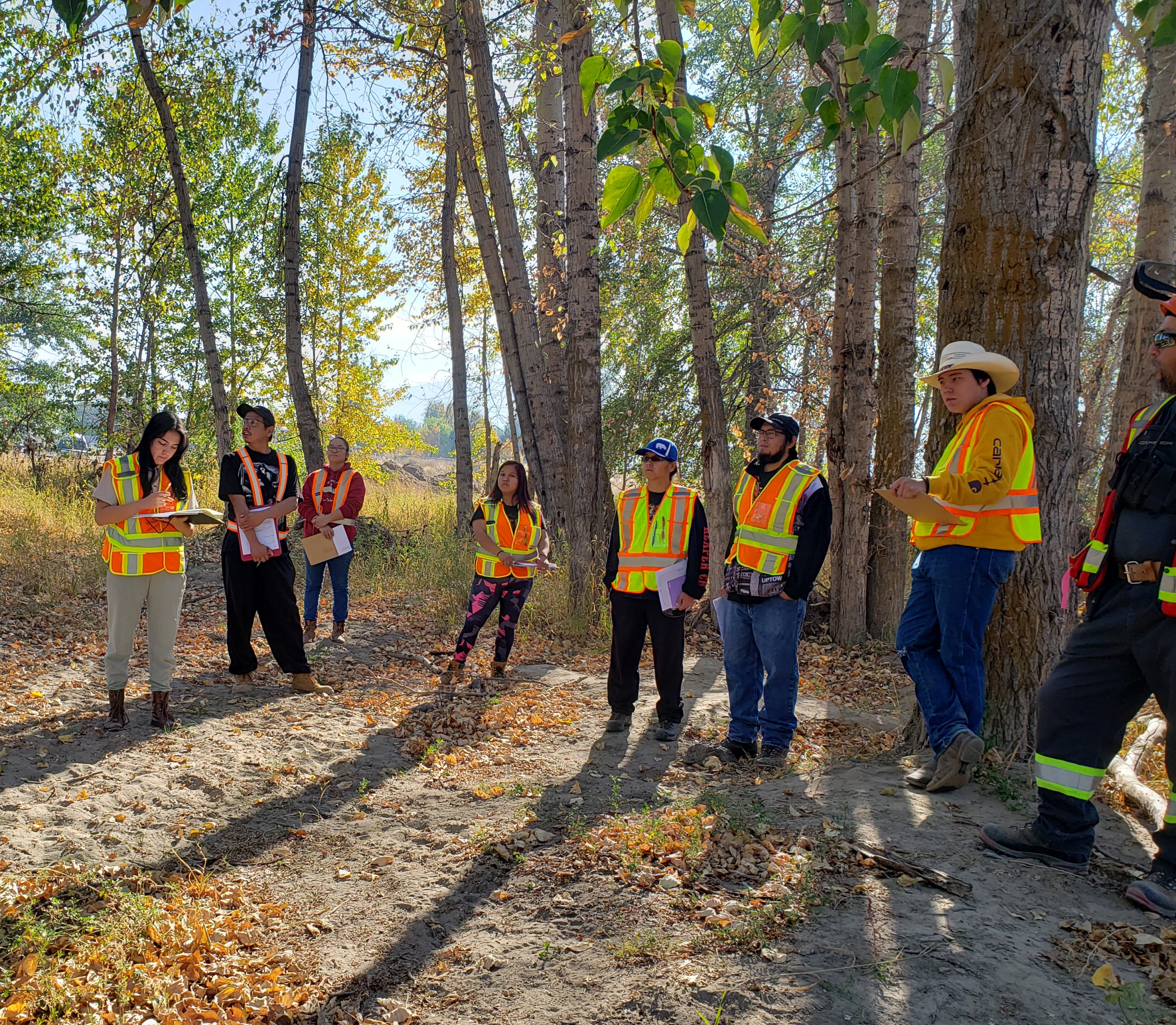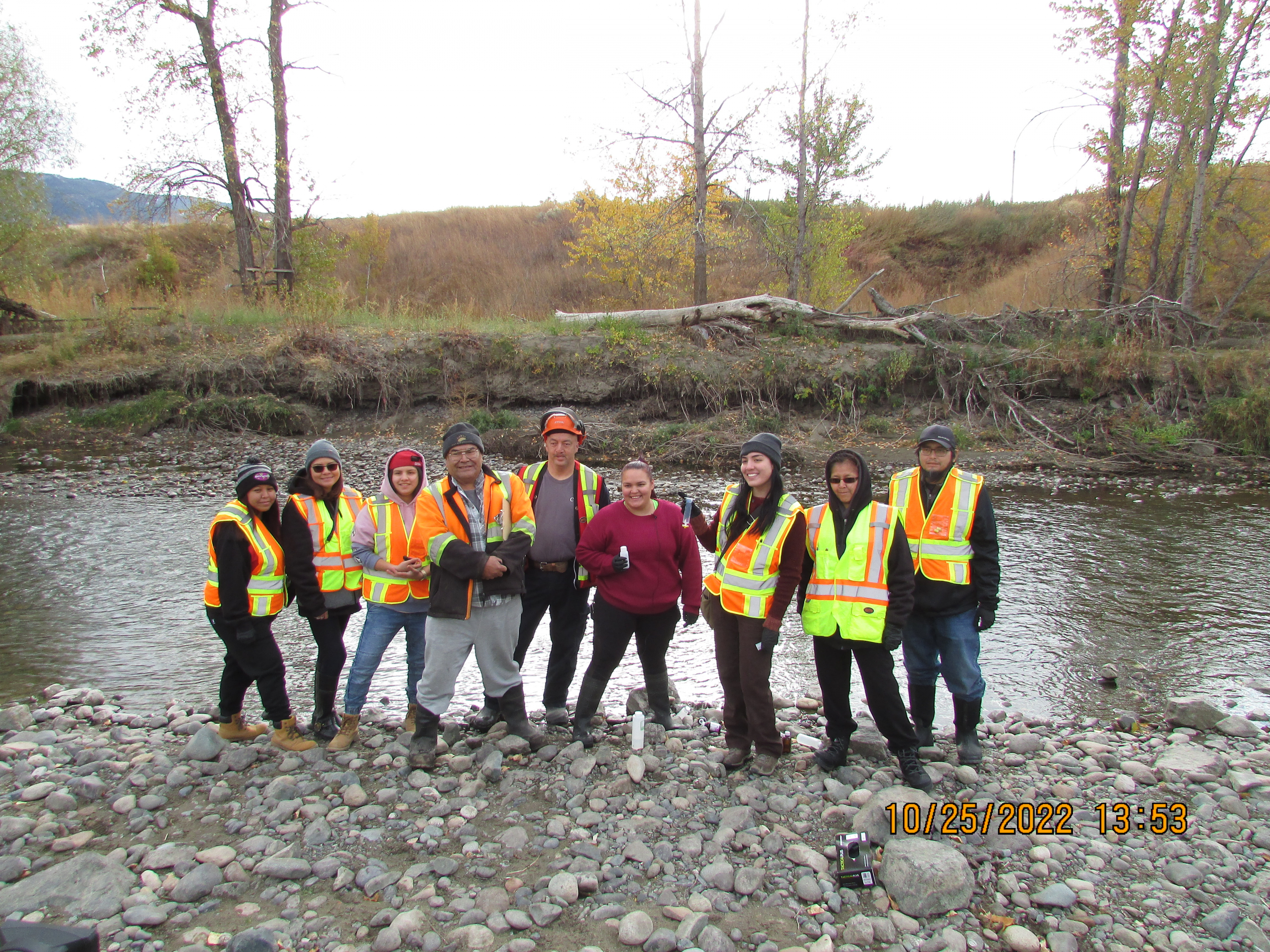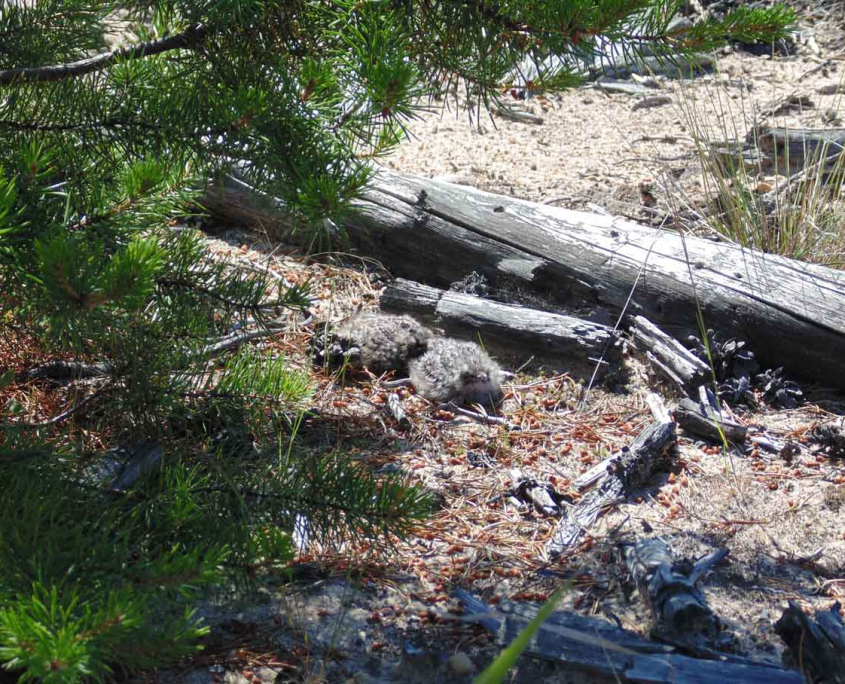Time to Grow
No rest for the weary, nor a reward for the faint of heart. That is what I said to myself when I took on a facilitation role for an environmental course in Merritt, BC.
The challenge: effectively deliver the ECO Canada curriculum for Environmental Monitoring and Research Skills, to 11 members of 8 regional indigenous bands represented by the Citxw Nlaka’pamux Assembly.
Now I am glad that my entrepreneurial spirit still had fuel in its tank because when I said yes to the part, I needed the courage to take on a role outside of my typical suite of activities.
You see, I am a green hand at facilitating this type of event. So, by taking the position I had to grapple with my deep desires to effectively connect, equip, and inspire the students, and not lose heart as a result of my hidden yet ever-changing emotional highs and lows.
We all know those feelings, the ones that range from fear of rejection to the excitement of acceptance, rejoicing with wins to humiliation when misunderstood, embarrassment coupled with frustration at not communicating well, and hope-inspired confidence when concepts are easily grasped.

Attendees from the Citxw Nlaka’pamux Assembly share environmental observations and cultural values associated with freshwater systems. Riparian area of the Coldwater River, Merritt, British Columbia, October 2022.
After 4 weeks together and a successful course completion, I was reminded that…
- Effective learning and good dialogue go hand in hand. Both are maximized when speakers and listeners are clear, topics are focused, respect is maintained, and seeking to fully understand happens before responses are provided.
- Facilitators have a lot in the game. I realized that one sleepless night as I worried about the success of the students and their forthcoming exam.
- Controversial words and questions can generate sparks in a discussion. I witnessed that when we spoke of issues related to environmental stewardship responsibility and accountability. That said, tough questions need not be avoided. In fact, courageously faced and wisely handled, mature discussions that generate sparks can promote an honest look for the long-overlooked solution to a persistent problem.
- Working alongside eager learners is pretty darned exciting. Especially when they show up 10 minutes early, every day! Add to that their high level of in-class participation and a willingness to do the work, and I have a winning group of candidates! Wow!
- Thank you is a powerful word and a response I often heard.
This event was full of personal and professional development opportunities. Be they in the variety of questions brought forward, the sharing of personal accounts that are somehow timeless in their relevance, or when faced with complex issues that can only be solved using an effective combination of the traditional and the scientific. So, because I am neither done learning nor growing this will not be my last adventure of this sort.

Citxw Nlaka’pamux Assembly students after a water quality assessment field demonstration, Coldwater River, Merritt, British Columbia, October 2022.
A very special thank you and recognition to Ryleigh Campbell, Education & Training Coordinator (Citxw Nlaka’pamux Assembly) for hosting this event, and Simon Savinel, Project Advisor (ECO Canada) for his logistical support.
Have a question about my blog articles, reclamation services, or have a forestry-related question? Click here to drop me an email!
Did you like this article? You may also like the blog entitled Be creative, and get problems solved.

